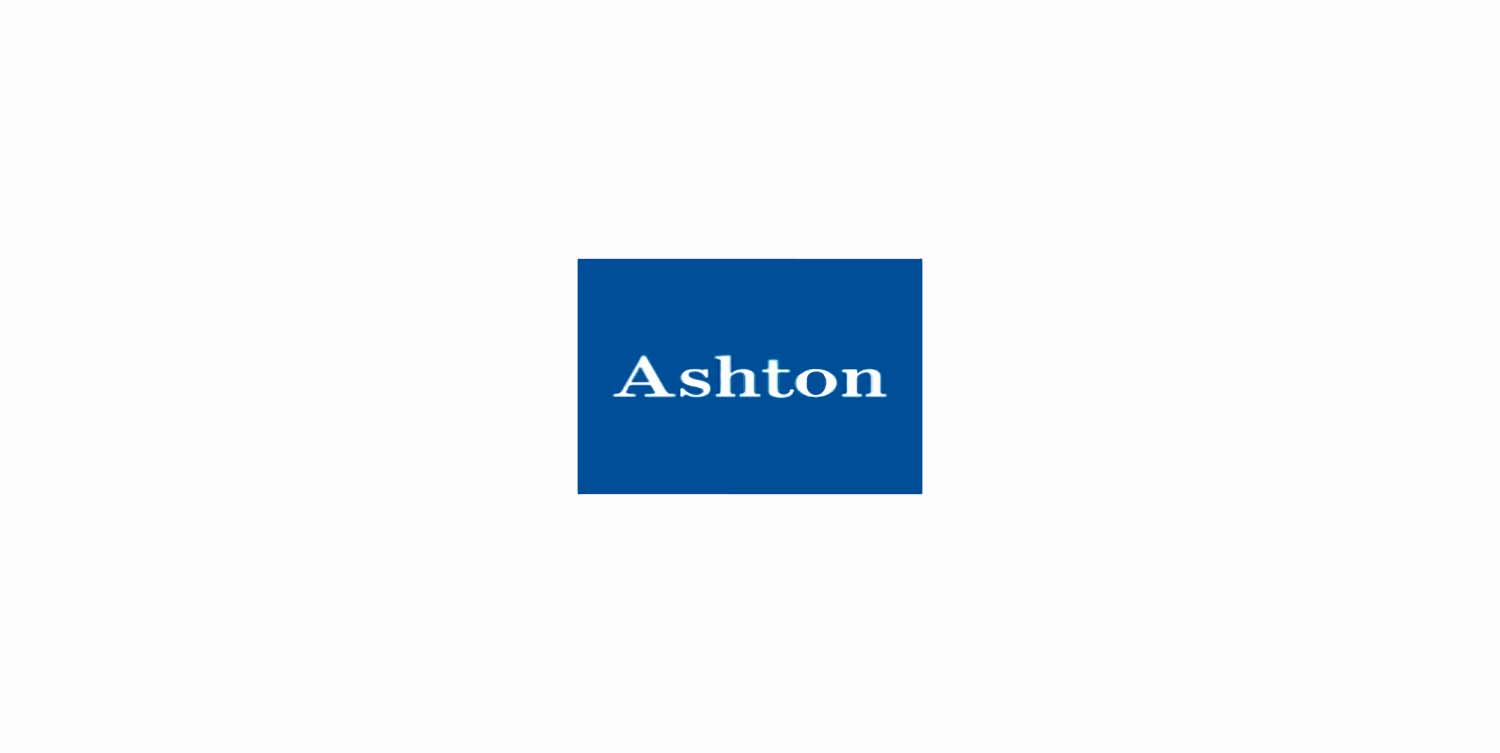Enter your email below to receive weekly updates from the Ashton College blog straight to your inbox.
Addiction is on the rise in Canada. Currently, the most prominent example is the opioid crisis, which has been ongoing over the last two decades. In 2020 alone, 4395 people living in Canada died from opioid-related overdoses, an equivalent of 12 people per day. This blog post will outline current trends in treating addictions.
Long-term medication-assisted treatment (MAT) has been used since the early 2000s and is still considered an effective method for treating opioid addictions. In contrast to previous treatment programs, such as 12-step programs and other methods mandating complete abstinence, MAT combines counselling and behavioural therapy with medications. These contain synthetic opioid compounds to reduce withdrawal symptoms and cravings. Examples include methadone, buprenorphine or, more rarely, naltrexone.
While there is currently no comparable medication available to treat addictions to stimulant drugs such as cocaine and methamphetamine, recent research suggests that reducing stimulant drug use without complete abstinence can improve a patient’s quality of life. This is reflected in lower levels of drug cravings, depression, and other withdrawal and drug-related challenges. Similarly to MAT, this approach moves away from an all-or-nothing mentality and puts the patient’s well-being first.
Addiction often accompanies or stems from mental health problems, leading people to turn to substances to alleviate their symptoms. If their substance use turns into an addiction and a patient struggles with both, we speak of a dual diagnosis. In the past, mental health disorders and addiction were often addressed separately, with specialized treatment facilities and programs for either issue. However, in recent years, it has become evident that treating both disorders simultaneously can have several advantages and improve treatment success. This approach enables patients to break negative patterns and develop coping skills.
Transcranial Magnetic Stimulation (TMS) offers a non-invasive way to treat addictions, mood disorders, and other conditions. Doctors use TMS by placing an electromagnet against the patient's head. This electromagnet delivers small magnetic bursts to stimulate the brain region responsible for mood regulation. TMS essentially activates underperforming parts of the brain, often leading to a reduction in withdrawal symptoms like depression and cravings. As a relatively new approach, TMS requires further research. Therefore, it should currently be used as an adjunct to other mental health and addiction treatments.
Eye Movement Desensitization and Reprocessing (EMDR) therapy helps people with addictions. During EMDR, the therapist guides the patient to talk about specific memories while stimulating their vision through eye movements or other bilateral stimulation techniques. This approach can reduce negative emotions and the risk of relapse. EMDR targets trauma and uses a unique method: stimulating eye movements to aid the brain's natural healing process. The theory behind EMDR is that the rhythm of eye movements is linked to processing stressful and unresolved traumatic memories and triggers.
Doctors use a Stellate Ganglion Block (SGB) to treat addiction and other conditions. This procedure involves injecting a local anesthetic into the stellate ganglion, a cluster of nerves in your neck that controls the “fight or flight” response of the sympathetic nervous system. SGB is a common treatment for pain management and conditions like anxiety, PTSD, depression, and addiction. It works by temporarily blocking or calming an overactive sympathetic nervous system, leading to reduced anxiety and post-traumatic stress symptoms. Since addiction often stems from trauma or mental health issues, SGB can be very effective when combined with other addiction treatments. Even though the effects are temporary, SGB can bring long-term benefits like improved sleep, better emotional regulation, and enhanced cognitive function. It can also boost energy levels and decrease anxiety.
Ashton College offers the Mental Health and Addictions Support Worker Certificate. It provides competencies for employment in the field of mental health and addictions. It includes a practicum for real-world application and career readiness. The program focuses on client treatment and rehabilitation and allows you to explore:
The Canadian Addiction Counsellors Certification Federation (CACCF) accredits this program. The format is flexible online with full-time and part-time options. All classes are live and instructor-led, while students can complete other course components independently. For more information on the program, visit the following link: https://www.ashtoncollege.ca/programs/mental-health-and-addictions-support-worker-certificate/
The information contained in this post is considered true and accurate as of the publication date. However, the accuracy of this information may be impacted by changes in circumstances that occur after the time of publication. Ashton College assumes no liability for any error or omissions in the information contained in this post or any other post in our blog.
